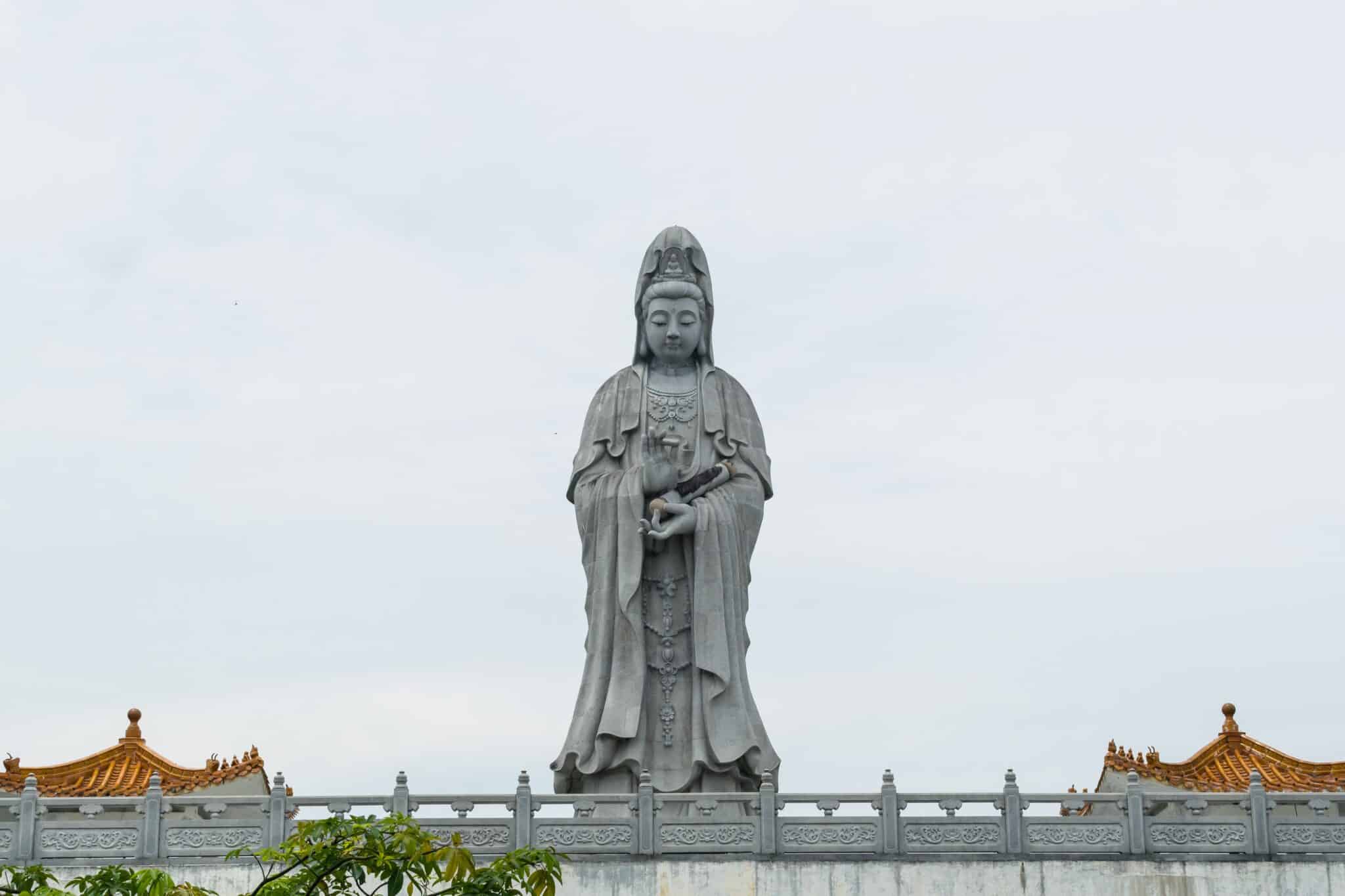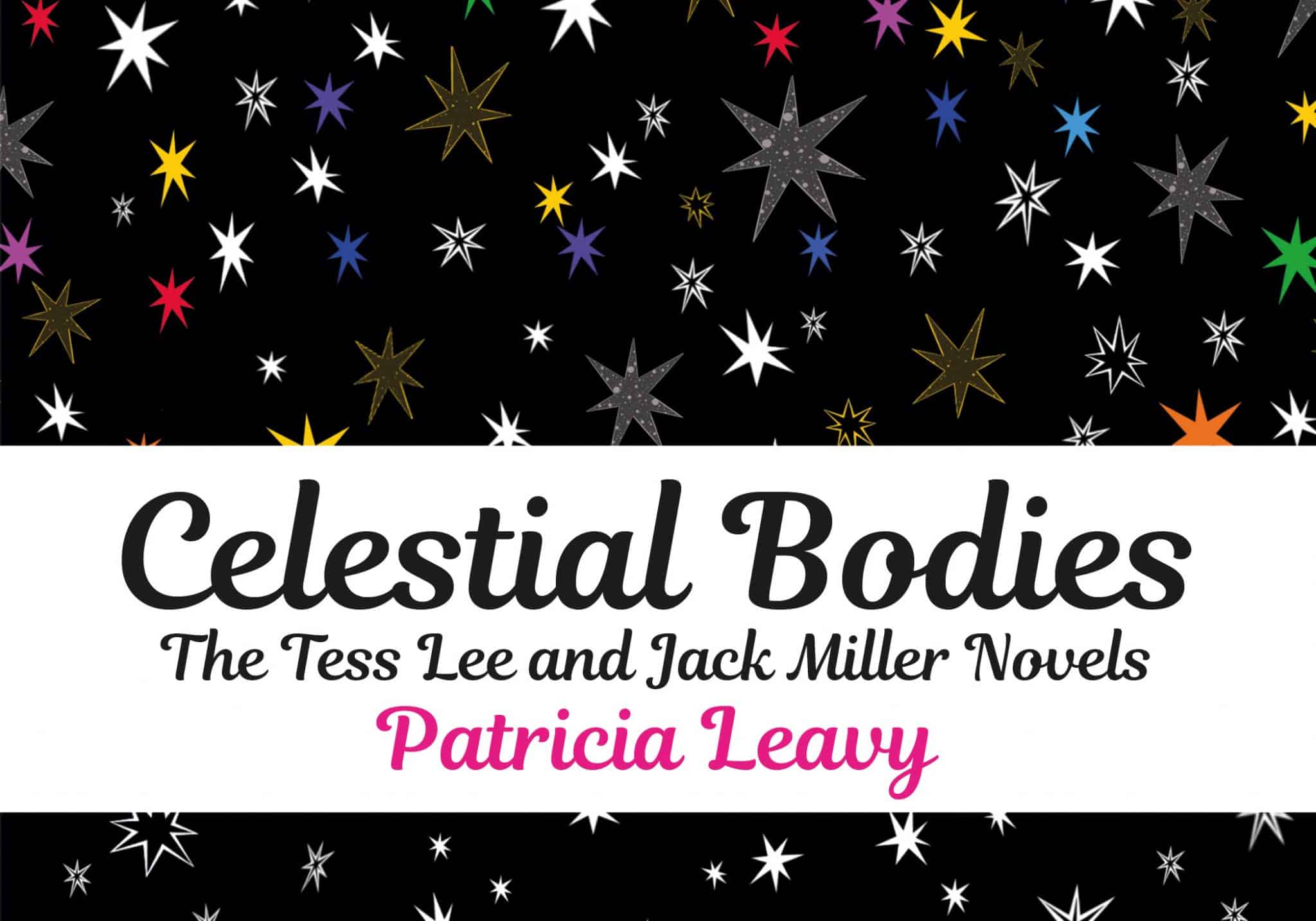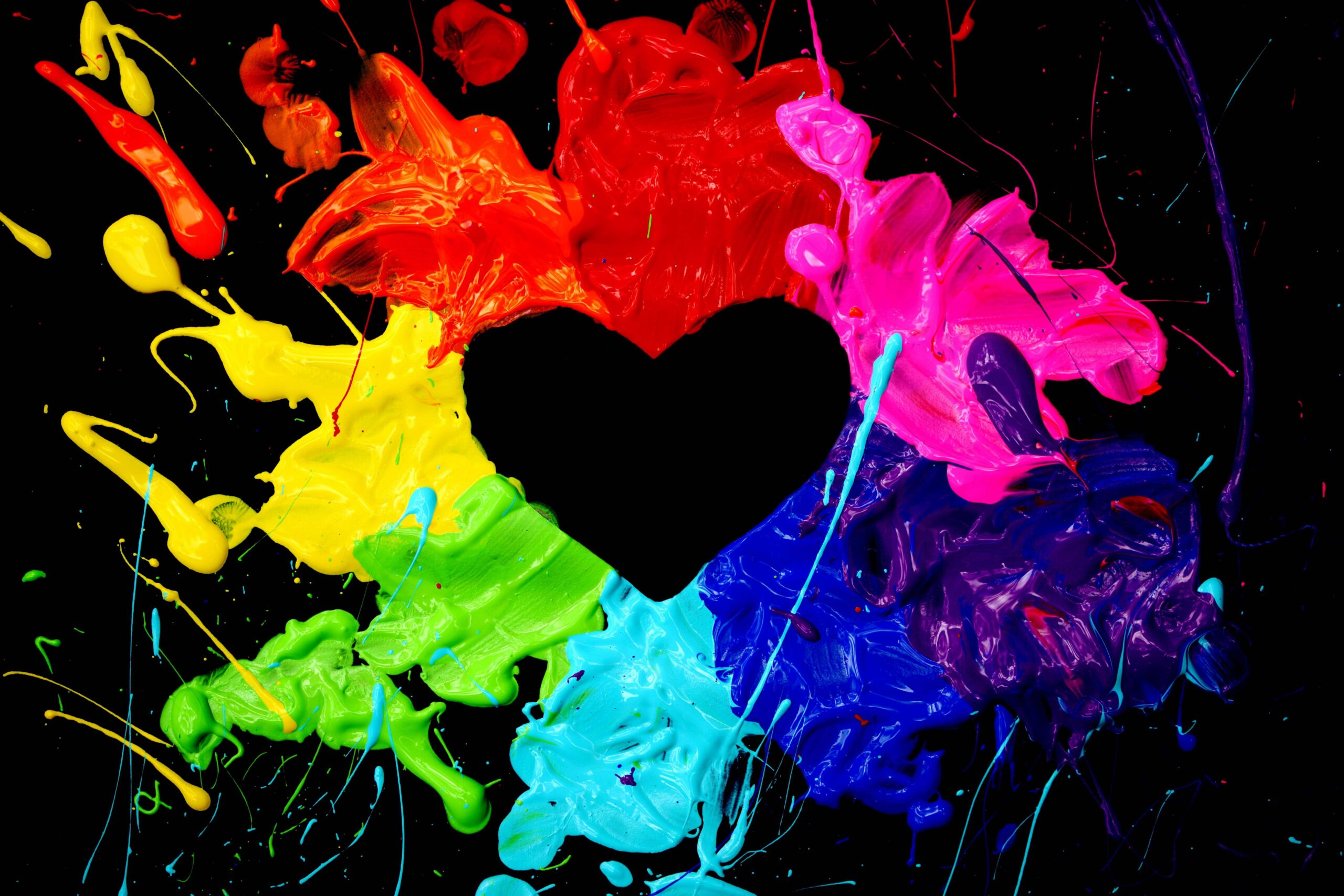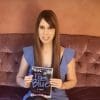Queer Adolescence Revisited: On Tina Turner and Finding Home
Author’s Memo
“Everything I know about being queer, I learned from Tina Turner” (moore, 2012, p. 71).
In this essay, I explore the intersection of queer identity and popular culture through the lens of my adolescent crush on rock legend Tina Turner. After watching the documentary Tina, I told my therapist that although I wasn’t sure why, I knew we needed to talk about her. From there, I began using memories of my Tina fandom to retrace parts of my queer identity development. So, This story captures that journey. Part coming-of-age, part coming-out, genre-wise, I weave narrative inquiry with artifacts such as music, live performance, film, photography, creative nonfiction, and popular music studies to discuss themes of identity, community, mythology, and home.
I position my crush as a cultural throughline of my queer journey and follow the contours of the sexual identity formation model (McCarn & Fassinger, 1996; Fassinger, 1998), touching to some degree on each of the four phases—Awareness, Exploration, Deepening/Commitment, and Internalization/Synthesis—from both an individual and community orientation. Though it starts with my introduction to Tina as a performer, as the story continues, it parallels my burgeoning love for the Queen of Rock and my experience as a queer adolescent with no understanding of my queerness. I then draw on works from writer Carmen Maria Machado and artist-scholar madison moore to situate that lived experience within the broader landscape of queer culture. The second half of the story unfolds as a process of identity integration, community building, and healing, with Tina at its core.
I explore the intersection of queer identity and popular culture through the lens of my adolescent crush on rock legend Tina Turner.
The narrative takes the shape of a spiritual journey and problematizes mythologies of celebrity and religion to illustrate ways that queer folks work around the limitations or outright hostilities of our social institutions, religious or otherwise, and find alternative routes to truth and self-actualization, often with pop culture serving as a lifeline. So, my goal with this essay is to capture nuances of queer experience within universal themes of self, belonging, and home. This project put me in touch with my queer inner-child and offered space to reminisce in ways that were incredibly healing. My hope is that queer readers feel a connection to the beautiful, endearing eccentricities of their queer inner-child and that non-queer readers come away with insight that better equips them to show up for the young queer people in their lives.
Updated: This essay was written and accepted for publication prior to Tina Turner’s death on May 24, 2023. Her passing altered my relationship to this story, naturally. Furthermore, once somebody dies, everything becomes tribute, and through that lens, the story feels inadequate. I considered whether to make revisions: add a summative element, memorialize her in a more nuanced and complex way. Ultimately, though, I opted to keep it as it is. While my experience of Tina Turner frames this story, it is foremost a story about queer adolescence, but one that I hope honors the legacy of an incomparable cultural icon and expresses gratitude for her love and gift of performance.
While my experience of Tina Turner frames this story, it is foremost a story about queer adolescence, but one that I hope honors the legacy of an incomparable cultural icon and expresses gratitude for her love and gift of performance.
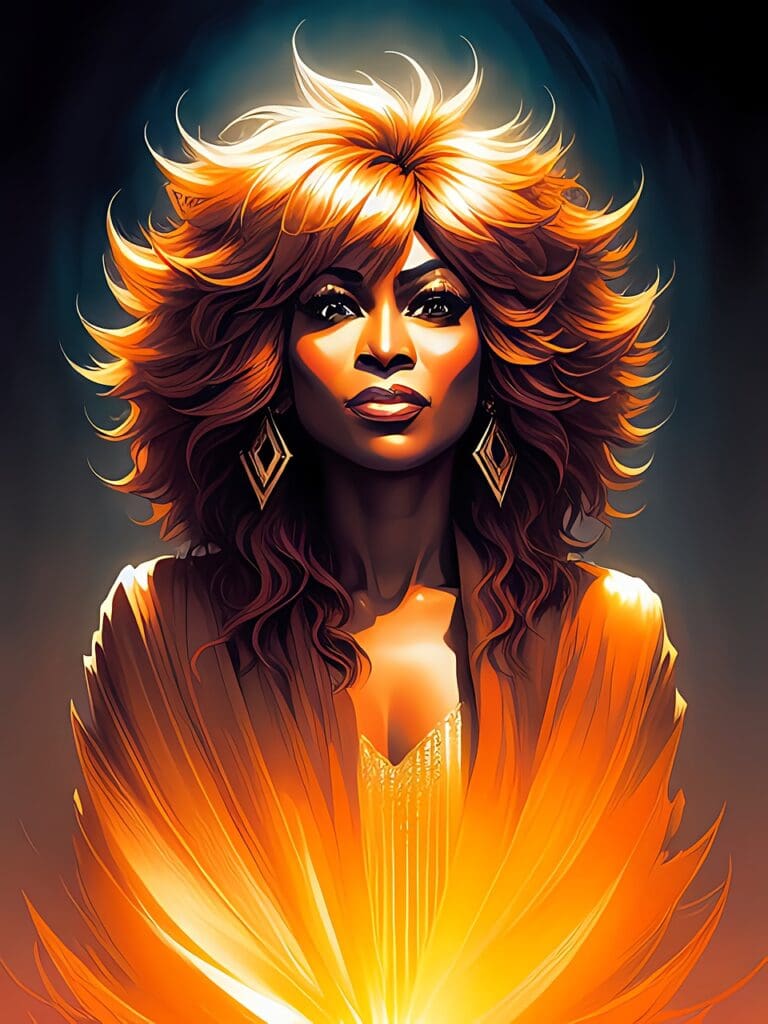
A black limousine rolls up to the doors of New York City’s Beacon Theatre as drumsticks count off, cuing the bass and kicking off the 1999 Divas Live benefit concert for VH1 Save The Music. The limo door opens: A pair of heels step into frame and make their way down the red carpet while the camera pans up slowly. In step with the driving beat, Tina Turner struts through the lobby and down the aisle of the theater where the audience jumps to their feet in excitement, awe, and out of respect. I had never seen somebody look like that, move like that—so at home in their own skin.
Call you when I need you, my heart’s on fire, and 13-year-old me watches from my living room, transfixed.
She takes the stage, snatches the microphone from its stand: Call you when I need you, my heart’s on fire, and 13-year-old me watches from my living room, transfixed. I’m captivated by her body’s movement with the music, the joy she takes in performing, the way she runs her fingers through her hair. I’m smitten by her chemistry with the bandmate I’d come to know as Timmy Cappello—the sexy sax man—buff, glistening, thrusting his hips to the rhythm of his solo. My heart skips as she kneels at the end of the song with arms raised like she’s on top of the fucking world.
“The Best” leaves me euphoric, but it’s her sultry four-minute intro to “Proud Mary” that catalyzes my death and rebirth. Right hand on her hip; left arm, relaxed, swinging back and forth in synch with the smooth, rhythmic movement of her legs. The sensual looks, pursed lips, and playful smiles. Her commanding, intoxicating voice teasing the audience: We never, ever seem to do…nothing…completely nice and easy…. You know why? Her we’re-gonna-do-the-finish-nice-and-rough power pose, and her raspy opening line, Left a good job in the city….
~
Tina Turner is aware of her appeal, and she knows how to use it. It’s in the way she works a stage, delivering tirelessly perfected routines with effortless charm and a swagger understated just enough to convey that it’s all instinctual, not an affectation. Artist-scholar madison moore (2012) discusses Tina’s “ownership of her fierceness and sexuality” in the Journal of Popular Music Studies, saying, “She knows the audience desires to see her body and her excessiveness in motion, and she allows them to have a taste. But like any good diva, she only gives them a taste” (p. 82).
Tina’s performance that night stirred something at the core of my being. When Oprah says in the documentary Tina (2021) that watching her perform is a religious experience—no different from being in church—I think this is what she’s talking about. So present and at home in her body, I saw in Tina’s every movement the authenticity and peace that comes with experience and knowledge of oneself. After that night, I set out in search of anything TINA I could find. While I adored the on-stage character of Tina Turner and her performance of it, I had a particular fondness for visuals of her behind the scenes: music videos, interviews, photos that offered a glimpse of how she might move through the world as Tina Turner, the woman.
· · ·
My coming out has been a surprise to exactly no one:
I knew we’d have this conversation someday.
Please, I knew from the moment I saw you.
You’ll notice I haven’t fallen out of my chair due to shock.
And?
The first time I can remember imagining sex with a woman was in middle school. A friend and I were on a bike ride. While we pedaled side by side, he casually asked whether I would have sex with Helen Hunt for a million dollars. My chest burned with gay-panic. I scoffed and declared an emphatic, “No.” (Come on, a million dollars?, and Jo from Twister?! This is internalized homophobia at work.) In high school, a friend once exchanged Tina pictures with me over IM and told me what he thought was sexiest about her in each of them; I loved the way it made me feel.
My coming out has been a surprise to exactly no one:
I knew we’d have this conversation someday.
Please, I knew from the moment I saw you.
You’ll notice I haven’t fallen out of my chair due to shock.
It was not unlike the secret thrill of hearing guys in English class whispering about how hard they were for our teacher. It’s fitting that I once ate lunch with my English teacher after skipping class to look through the What’s Love Got to Do With It tour book a friend had won for me on eBay and brought with her to school. The few times I got detention, which she oversaw, I fantasized all morning about being the only delinquent in her classroom that day, where we’d spend the period deep in conversation and I’d walk away from my punishment with a new soulmate.
While cleaning out my teenage bedroom, I thought of the time my grandmother branded my Tina love “concerning” and said she’d been praying for me to turn that attention to the Lord. I laughed as I pealed Tina posters from the walls, wondering aloud, How did I not know I was queer?! I used to say that being queer wasn’t a huge part of my identity, that it was just one aspect of who I am as a person. I believed that when I said it, and at the time, I wondered whether it was because I didn’t figure it out until adulthood. My queerness was always there, though, and it shaped how I experienced the world, even when I didn’t yet recognize it for what it was.It would begin to click in college when a hot graduate teaching assistant put her hand on my thigh.
While cleaning out my teenage bedroom, I thought of the time my grandmother branded my Tina love “concerning” and said she’d been praying for me to turn that attention to the Lord.
But before that I was a queer teenager hanging up banners to commemorate Tina Turner’s birthday and trying to bond with my English teacher over reruns of The Golden Girls. Before that, I was a queer kid with a Reba McEntire obsession and a crush on the school librarian, and before that, I was five years old, dancing with a woman named Karen at a wedding reception at the American Legion. When I saw Karen at the grocery store not long after that, she smiled and asked whether I’d been out dancing lately, and in response, I wanted to throw up and die. In her book In the Dream House, a memoir about the complexities of abuse in queer relationships, Carmen Maria Machado (2019) writes, “Our culture does not have an investment in helping queer folks understand what their experiences mean” (p. 139). I read those words and ugly cried.
· · ·
“Everything I know about being queer I learned from Tina Turner” (moore, 2012, p. 71).
This is the opening sentence of the Journal of Popular Music Studies article “Tina Theory: Notes on Fierceness.” In his brilliant exploration of the ways in which Tina uses “fierceness” to transgress and transcend restrictive boundaries of race and gender, madison moore discusses Tina’s appeal for queer folks, and queer Black folks in particular, by positioning fierceness as “refusal to accept the rigid boundaries of and readymade categories of normative identity” (p. 75). He says of fierceness:
To be fierce is to transcend and to unravel, to self-actualize and to return the gaze. Because of its transgressive potential and deep connection to showmanship, fierceness allows its users to fabricate a new sense of self that radiates a defiant sense of ownership through aesthetics, and in this way fierceness becomes a social, political, and aesthetic intervention (p. 72).
“Everything I know about being queer I learned from Tina Turner” (moore, 2012, p. 71).
In his introduction, moore frames the article with a beautiful anecdote about performing “Proud Mary” with his cousins during holiday parties at his grandmother’s house and the draw of Tina’s “spectacular presence” for a young queer Black boy. He says:
…I’ve come to realize that it was through my performances as Tina Turner that I learned what queerness meant for me—it meant a spectacular presence—and this is how, as a Midwestern boy trapped in a basement and quoting a diva five times my age, that I was able to touch queerness (p. 72).
Touch queerness. That’s it. It’s true that I fell under the spell of her performance, as intended. Likewise, her ownership of self—her “fierceness”—appealed to my queer sensibilities. All of this was just dialed up because, lez bi honest, Tina Turner transgresses and transcends while looking hot as hell. With Tina, it felt safe to be captivated by a woman, a mythical woman, even if I wouldn’t be able to name that feeling for several more years, and in that way, I could touch queerness and feel whole.
· · ·
En route from Nashville to Memphis, a billboard caught my eye. I felt drawn to it even though its contents didn’t register. My brother and I were road tripping across Tennessee, connecting with the history and legacy of music that had shaped us as queer kids in rural West Virginia. We passed the same advertisement a little farther down I-40: The Tina Turner Museum. Speechless, I waved my hand toward the right side of the road to try to get my brother’s attention without words. After updating Maps, he fervently googled and read aloud the story of how this magical place had come to be. He checked in with me periodically: Are you okay? · Do we need to pull over? · Do you need me to drive?
My brother and I were road tripping across Tennessee, connecting with the history and legacy of music that had shaped us as queer kids in rural West Virginia.
We stood outside Flagg Grove School, which houses the Tina Turner Museum as part of the West Tennessee Delta Heritage Center. It was the restored one-room schoolhouse she attended as a kid, and on a TV in the corner, Tina recalls her experience as a student there and shares memories of growing up in Nutbush. When my brother asked why we were waiting, I said that I was preparing, mentally and emotionally, because once I stepped inside, I could never again experience it for the first time. We waited together; he knew how much this meant to me.
Inside, glass displays showcase a beautifully curated selection of Tina memorabilia while a DVD of her final concert tour fills the room with that unmistakable voice. One of my favorite photos of Tina, the sepia-toned portrait that graces the cover of her What’s Love Got To Do With It album, hangs in the case to the right when you walk in the door; I had to sit down on the floor when I saw it. My hands shook at as I took it all in—exhilaration and catharsis. Being inside the charming museum offered a newfound peace I didn’t know I was longing for. It put me in touch with my 13-year-old self and gave me an opportunity to assure my inner baby-queer listening to Tina on repeat that eventually it will all make sense.
· · ·
About a year into our relationship, my partner looked up from her plate during dinner and asked, “Do you remember the sexy sax man from the 80’s?”
Frozen, I uttered, “Timmy Cappello.”
“You know, the pony-tailed body builder who would grind on his saxophone while he played.”
“Yeah, his name is Timmy Cappello. How do you know of him?”
“The Lost Boys. You?”
“Tina Turner’s band.”
I knew she was The One from the glee in her eyes at finding out that, all along, it had been the sexy sax man wailing in the background when she was a kid belting out “We Don’t Need Another Hero” at the end of Mad Max Beyond Thunderdome.
In December of 2019, we went to NYC to see Tina – The Tina Turner Musical with members of our queer chosen family. One friend’s mom had taken them to see Tina as a kid—their first-ever concert—because she wanted to introduce them to a strong role model. I knew that the two of us were destined to cross paths when they yelled over the chatter at a grad-school party: “Everyone shut the fuck up! Tina Turner is on.”
I knew that the two of us were destined to cross paths when they yelled over the chatter at a grad-school party: “Everyone shut the fuck up! Tina Turner is on.”
As the musical ended with Tina falling in love and performing her record-setting concert in Rio de Janeiro, I appreciated knowing that after the curtain closed on that period of her life, she went on living her dreams. I felt immense joy for Tina Turner the person. We grabbed drinks at a queer piano bar after the show, and spent the rest of the night toasting, laughing, and singing. When the performers delivered a flawless “Proud Mary,” the bar joined in, and I felt at home in my surroundings and at peace with myself. That night—of music, queerness, community, and Tina—made me feel close to god.
When the performers delivered a flawless “Proud Mary,” the bar joined in, and I felt at home in my surroundings and at peace with myself.
Tina is not my root. I was queer before I knew she existed, and I’d be into women regardless of the Diva’s Live lineup that night. What Tina Turner gave me was space to be queer before I knew I needed it. 24 years after that performance, she is a constant in my life and in my circle, and part of what makes that so beautiful to me is that I could have just as easily watched something else on TV that night.
That unforgettable weekend in NYC was our last trip before the pandemic, and after bearing witness to our collective COVID-19 response, I have a renewed commitment to living out the next phases of late-stage capitalism with a partner who is well-acquainted with Aunty Entity and who knows how to navigate Bartertown. When we re-watch Mad Max Beyond Thunderdome in preparation for the apocalyptic years ahead, I want to sing “We Don’t Need Another Hero” with the love of my life as the credits roll and watch her channel Timmy for a flawless air sax solo. And in that moment, I’ll thank the gods that I am queer as fuck and got to exist on this planet at the same time as Tina Turner.
—
Becker, D., Chinn, J., Chinn, S. (Producers), & Lindsay, D., Martin, T. J. (Directors). (2021). Tina
[Motion picture]. United States: Warner Bros. Entertainment.
Fassinger, R. E. (1998). Lesbian, gay, and bisexual identity and student development theory. In R. L. Sanlo
(Ed.)., Working with lesbian, gay, bisexual, and transgender college students: A handbook for faculty and administrators (pp.13–22). Greenwood Press.
Machado, C. M. (2019). In the dream house. Graywolf Press.
McCarn, S. R. & Fassinger, R. E. (1996). Revisioning sexual minority identity formation: A new model of
lesbian identity and its implications for counseling and research. The Counseling Psychologist, 24(3), 508-534. https://doi.org/10.1177/001100009624301
moore, m. (2012). Tina theory: Notes on fierceness. Journal of Popular Music Studies, 24(1), 71-86.
https://doi.org/10.1111/j.1533-1598.2011.01317.x
Credits
Illustration of Tina Turner by Julius H for Pixabay
Featured Image by Katie Rainbow for Unsplash
Learn More
New to autoethnography? Visit What Is Autoethnography? How Can I Learn More? to learn about autoethnographic writing and expressive arts. Interested in contributing? Then, view our editorial board’s What Do Editors Look for When Reviewing Evocative Autoethnographic Work?. Accordingly, check out our Submissions page. View Our Team in order to learn about our editorial board. Please see our Work with Us page to learn about volunteering at The AutoEthnographer. Visit Scholarships to learn about our annual student scholarship competition.
Jenn Stiles (she/her) is a queer writer, collage artist, Libra, and West Virginia native currently making a home in the Boston area with her partner and pup. Her writing has appeared in HerStry. You can follow her work on Instagram @nounsingeneral.


